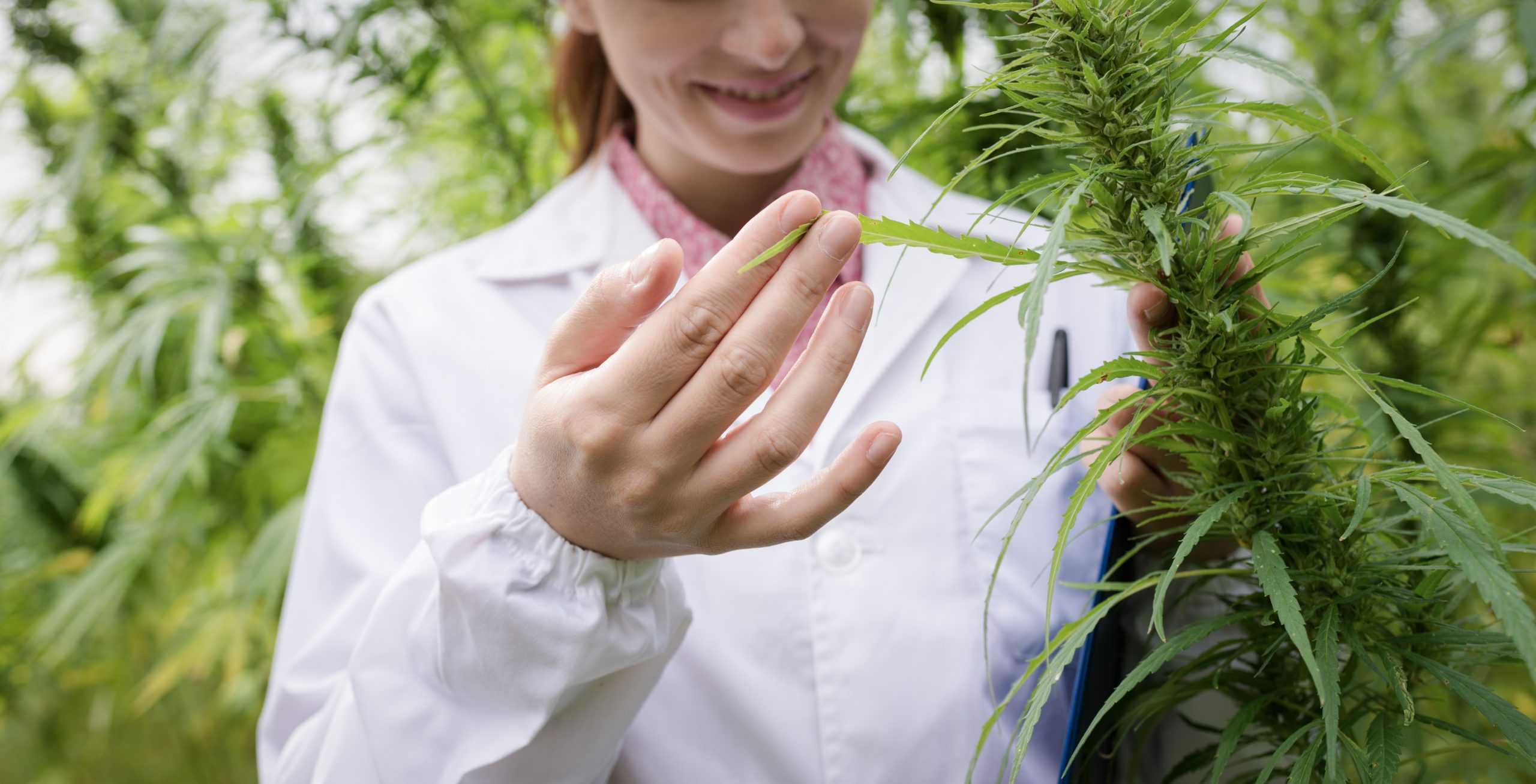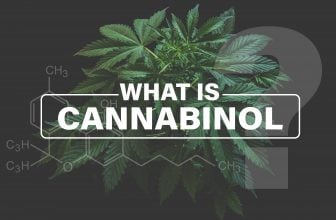
Due to the fact that 11 U.S. states now have some form of legal recreational cannabis with more likely to follow in their footsteps, cannabis has now been forced out of the closet and into the limelight where it has become a hotly debated issue. In addition, accompanying cannabis onto the world stage is CBD which is often derived from hemp (Cannabis Ruderallis) which was legalized by the U.S. Government via the 2018 Farm Bill which made the production and processing of hemp, and thus the extraction and processing of CBD, legal nationwide. However, as you can imagine, this has led to some confusion because most people do not understand the difference between the two plant species since they both have identical appearances. Consequently, a common question among those new to the world of cannabis is what is the difference between marijuana and hemp?
A Brief Biology Lesson
Well, in order to answer that question, we fist need a brief biology lesson. For instance, every living thing is classified by biologists according to a primary biological taxonomy. Therefore, they start with the basic premise that every living thing possesses some sort of biological process and then, from there, they proceed to define both flora and fauna by dividing them into ever smaller categories consisting of Domain, Kingdom, Phylum, Class, Oder, Family, Genus, and Species according to both their physical characteristics and their genetic associations.
Consequently, cannabis too is classified according to the standard biological taxonomy into its genus “Cannabis” and then, from there into its four separate species “sativa”, “indica”, “afghanica”, and, “ruderallis”. Therefore, because the genus name is always capitalized while the species name is not when referring to the Latin name of flora or fauna, the four species of cannabis are properly referred to as Cannabis sativa, Cannabis indica, Cannabis afghanica and, Cannabis ruderallis.
A Brief History Lesson
According to historical records, marijuana has been used around the world for medicinal purposes for hundreds, if not thousands, of years. In addition, according to archeological records, hemp (aka Cannabis ruderallis) is indigenous to Central Asia and the cultivation of the plant for the production of fiber can be traced as far back as 2,800 BCE.
However, the use of marijuana for recreational purposes has overshadowed hemp’s medical and industrial uses as well as the medicinal value of CBD extracted from hemp and this disparity still continues to engender prejudice among people today.
In fact, many people believe that the real reason both marijuana and hemp were made illegal in the U.S. was due to racism on the part of one Harry J. Anslinger who was the head of the Treasury Department’s Federal Bureau of Narcotics during the presidency’s of Hoover, Roosevelt, Truman, Eisenhower, and Kennedy.
However, while there may be some truth to this, many historians propose (with significant circumstantial evidence to back them up) that John D. Rockerfeller, who was the head of Standard Oil and, Lamont DuPont, who was the head of DuPont Chemicals and, William Randolph Hearst, who was the head of the American newspaper and publishing industries, feared that that hemp had the ability to adversely affect their financial empires.
In fact, the evidence suggests that because DuPont Chemicals had recently invented cellophane which is made from petroleum and which was about to become the standard packaging for most American goods and, because DuPont not only made the gasoline additive tetra-ethyl lead but was also the number one shareholder in Ford’s major competitor, General Motors, both DuPont and Rockefeller feared competition from hemp oil. In addition, Hearst owned both newspapers and paper mills and thus, he viewed hemp paper (which requires 75 percent less sulfides than producing paper from wood pulp and can be grown annually) as competition.
Therefore, these three men allegedly enlisted the aid of a young Harry J. Anslinger to harness the power of propaganda combined with the influence of the Federal Bureau of Narcotics to launch a media campaign specifically designed to change the attitudes of the American public towards cannabis despite their long association with it. Consequently, given the amount of trust that people placed in the news media and the U.S. Government at the time, their campaign was ultimately successful and resulted in the passing of the Marijuana Tax Act of 1937 which effectively rendered marijuana illegal in the U.S.
So, according to this theory, it was this cabal and their insatiable greed rather than Harry J. Anslinger’s prejudice towards Mexican and Black people that was the true driving force behind the campaign to make marijuana illegal in the U.S. Thus, although there is actually a significant difference between marijuana and hemp, the politicians who passed the Marijuana Tax Act of 1937 fell victim to their own propaganda and thus, they failed to make a clear distinction between the two when writing the law.

The Definition of Marijuana
Unfortunately, due to the fact that United States law is not entirely clear on the matter, the definition of precisely what is classified as cannabis, marijuana, or hemp is presently debatable. For instance, under U.S. law, “cannabis” is considered to be the entire plant while “marijuana” is considered to be viable cannabis seeds, stems, or buds of a cannabis plant and, “hemp” is considered to be the sterilized seeds, stems, or buds of a cannabis plant.
In addition, another widely accepted definition of marijuana versus hemp is that marijuana is any plant that is a member of the sativa, indica, or afghanica species while hemp is any plant that is a member of the ruderallis species. However, the main reason for this particular distinction is that the fourth cannabis species, ruderallis, traditionally grows taller and produces more robust plants than the other three cannabis species while also producing exceptionally low levels of the psychoactive cannabinoid THC and exceptionally high levels of the non-psychoactive cannabinoid CBD.
Consequently, “marijuana” is often defined as any cannabis plant or, any part of any cannabis plant, which contains more than 0.3 percent THC while, “hemp” is often defined as any cannabis plant or, any part of any cannabis plant, which contains less than 0.3 percent THC. However, research has shown that the difference between marijuana and hemp goes much deeper than traditional names indicate and thus, they are not truly indicative of their genetic composition.
The Definition of Hemp
On the other hand, as mentioned above, “hemp” is sometimes considered to be the sterilized seeds, stems, or buds of a cannabis plant. However, a far better definition of the term “hemp” is any cannabis plant or, any part of any cannabis plant, which contains less than 0.3 percent THC. Therefore, unlike “marijuana” which contains the psychoactive cannabinoid THC, “hemp” is almost completely devoid of THC but often contains relatively high levels of the non-psychoactive cannabinoid CBD. Thus, because Cannabis ruderallis plants commonly meet this criteria, the ruderallis species is generally thought of as being synonymous with the term “hemp”.
Final Thoughts
Last, modern research has demonstrated that hemp fiber has a relatively high tensile strength and thus, it’s been used by indigenous cultures around the world throughout history for producing a myriad of products ranging from fabrics to ships stores.
In fact, industrial hemp fiber is an excellent choice for manufacturing many different products such as thread, yarn, twine, string, rope, cable, linen, canvas, and burlap. In addition, cannabis seeds can be pressed to produce a highly durable oil which can be used for medicinal purposes as well as a replacement for petroleum as a lubricant while also being used in the manufacture of biodegradable plastics, paints, vanishes, and soaps.
Consequently, the cannabis plant in all of its various forms is truly akin to a miracle discovery! Thus, if the laws eventually allow it, we may one day find both marijuana and hemp popping up in one form or another in our everyday lives from the paper we write on and the clothes we wear to how we heal ourselves from illness and disease!










